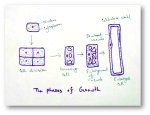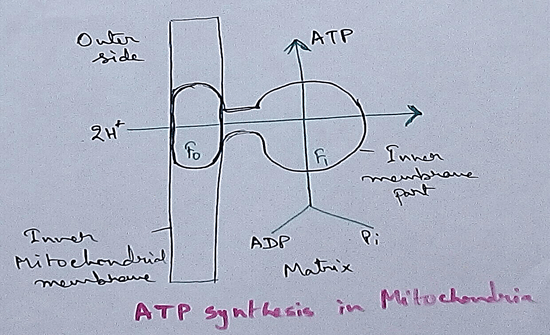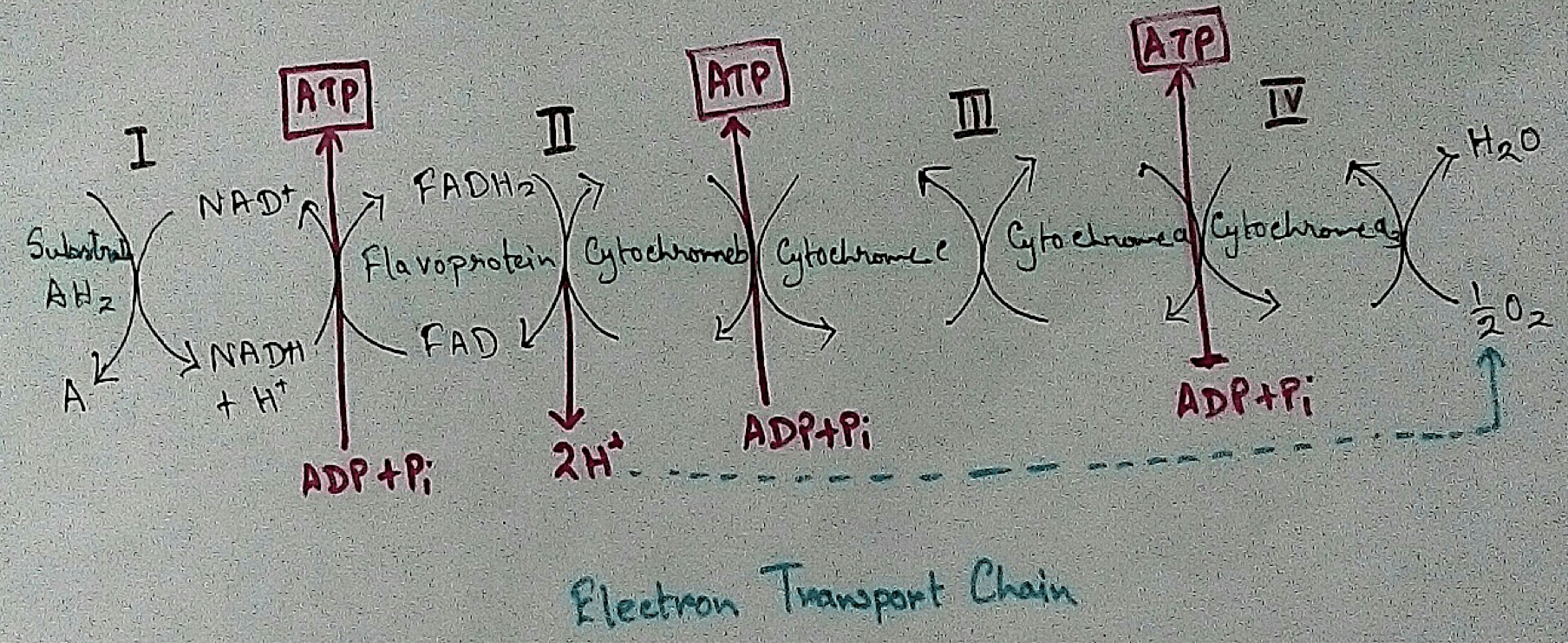Worksheet on Animals Around Us
Worksheet on animals around us contains the various types of questions about the different kinds of animals.
Read the concept to answers the questions of the different types of animals we see around us.
I. Answer the following questions:
1. What is the difference between pet animals and domestic animals?
2. What are birds?
3. How many legs an insect have?
4. What is the different between amphibians and reptiles?
5. What are mammals?
II.
Fill in the blanks:
1. Mammals feed their ________ with milk.
2. ________ help birds to fly.
3. Reptiles __________ on the ground.
4. Insects have ________ legs.
5. Animals that give birth to their child are called ________.
III. Put a tick (√) against the correct sentences and cross (X) against the wrong ones.
1. Domestic animal are useless.
2. Lion is a domestic animal.
3. Peacock is an insect.
4. Insects have four legs.
5. Snake is a reptile.
IV. Match the Following:
|
1. Domestic 2. Wild Animal 3. Amphibian 4. Milch animal |
(a) live both on land and in water.
(b) gives milk (c) found in jungle. (d) animals are very useful to us. |
V. Give two examples of each:
1. Animals that live on land.
2. Animals that live in water.
3. Animals that live both on land and in water.
4. Animals that live on trees.
5. Birds that cannot fly.
6. Insects that can fly.
Check the answers of the worksheet on animals around us:
Answers:
I.
|
1. Pet animals Pet animals are kept just for fun. Cat and dog are pet animals. |
Domestic animals Domestic animals are very useful to us. Cow and goat are domestic animals. |
2. Birds are the animals that can fly. Their wings help them to fly. They have two legs and two wings. They have a beak. Some birds are sparrow and pigeon.
3. Insects have six legs
|
4. Amphibians The animals that can live both in water and on land are called amphibians.
Frog and turtle are amphibians. |
Reptiles The animals that crawl along with the ground are called reptiles.
Lizard, and snake are replies. |
5. Mammals give birth to their babies and feed them with their own milk.
Monkey and human being are mammals.
II. 1. babies
2. wings
3. crawl
4. six
5. mammals
III. 1. X
2. X
3. X
4. X
5. √
IV. 1. Domestic (d) animals are very useful to us.
2. Wild Animal (c) found in jungle.
3. Amphibian (a) live both on land and in water.
4. Milch animal (b) gives milk
V. 1. Elephant and deer
2. fish and frog
3. frog and tortoise
4. monkey and squirrel
5. ostrich and penguin
6. butterfly and housefly
Worksheet on Animals Around Us
Worksheet on Animals and their Babies
From Worksheet on Animals Around Us to HOME PAGE
Recent Articles
-
Explain about Growth in Plants |Definition of Growth & Differentiation
Feb 27, 25 02:07 PM
Growth is a permanent increase in length or volume of an organism that brought upon by an increase in its dimensions due to synthesis of new protoplasmic material. -
Definition of Respiratory Quotient | calculation | Application | Plant
Dec 02, 24 12:09 AM
Definition of respiration quotient- the ratio of the carbon-dioxide evolved to that of the oxygen consumed by a cell, tissue, plants or animals in a given time is called respiratory quotient. It is us… -
Amphibolic Pathway | Definition | Examples | Pentose Phosphate Pathway
Jun 06, 24 10:40 AM
Definition of amphibolic pathway- Amphibolic pathway is a biochemical pathway where anabolism and catabolism are both combined together. Examples of amphibolic pathway- there are different biochemical… -
Respiratory Balance Sheet | TCA Cycle | ATP Consumption Process
Feb 18, 24 01:56 PM
The major component that produced during the photosynthesis is Glucose which is further metabolised by the different metabolic pathways like glycolysis, Krebs cycle, TCA cycle and produces energy whic… -
Electron Transport System and Oxidative Phosphorylation | ETC |Diagram
Feb 04, 24 01:57 PM
It is also called ETC. Electron transfer means the process where one electron relocates from one atom to the other atom. Definition of electron transport chain - The biological process where a chains…




New! Comments
Have your say about what you just read! Leave me a comment in the box below.